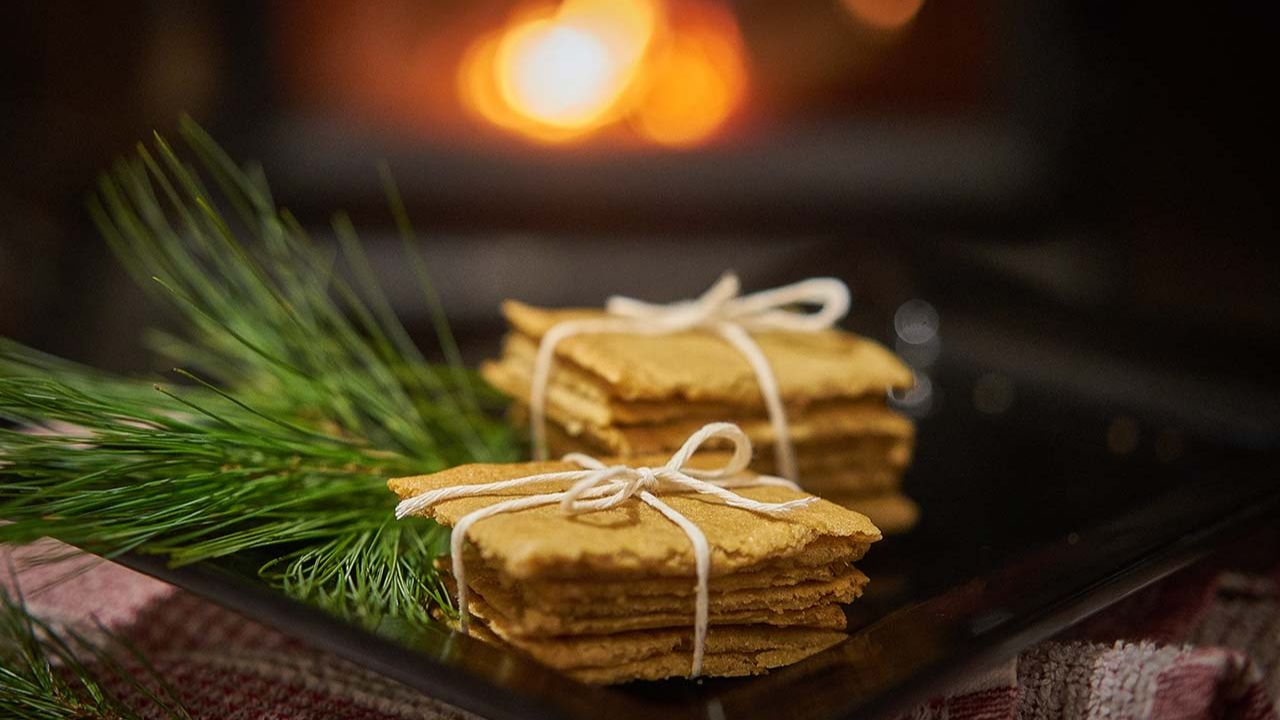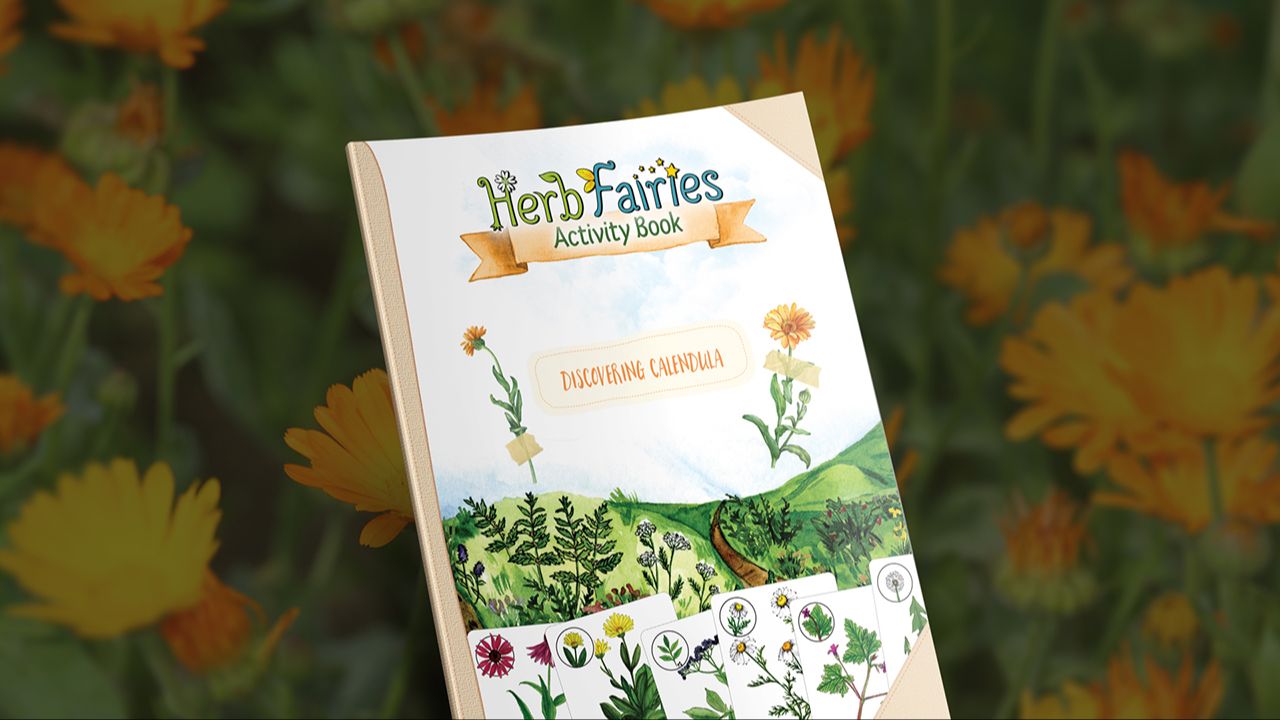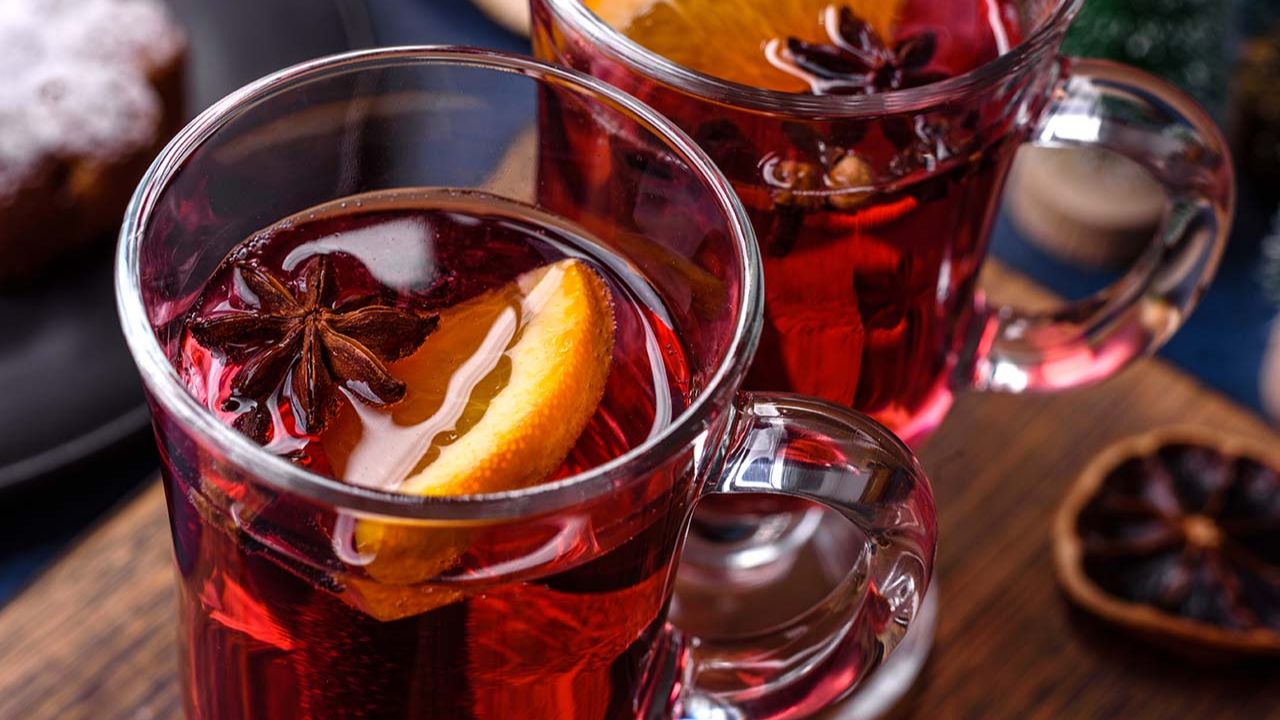
Cloudy Tincture: What's That White Stuff in My Jar?
You’ve gathered your herbs, bought your alcohol, and have started on your adventure of home herbal tincture making. Congrats!
I know how exciting those first remedies can be. There’s a certain sense of satisfaction and empowerment when you are able to make your own herbal medicines.
One of the most common questions that we get at LearningHerbs is folks wondering what all that cloudy, milky, or white stuff is in their tincture (such as the Echinacea tincture in the Herbal Remedy Kit). Did something go horribly wrong? Do I have to throw out my cloudy tincture?
Probably not!
What you are most likely seeing is inulin.
Inulin is an herbal constituent that can support healthy digestion.
Inulin: A Prebiotic with Benefits
This substance is common in many roots, especially in plants in the Aster family. Inulin is a polysaccharide, and people often call it a PREbiotic. It’s a starch-like substance that humans can’t digest, but it readily feeds healthy bacteria in the gut. Many probiotic supplements contain some level of prebiotics like inulin.
Inulin shouldn’t be confused with insulin (a hormone secreted by the pancreas that helps with metabolism and blood sugar control). However, inulin can improve blood sugar levels.1 It has also been shown to improve digestion in the elderly.2
Here’s a list of herbs that are high in inulin and that herbalists commonly tincture:
- Burdock root (Arctium lappa)
- Chicory root (Cichorium intybus)
- Dandelion root (Taraxacum officinale)
- Echinacea root (Echinacea spp.)
- Elecampane root (Inula helenium)
- Wild yam (Dioscorea spp.)
The amount of inulin may vary depending on when and where people harvested the plants. Some will contain more inulin than others. Some will not have any detectible inulin at all.
There’s a variety of things you can do with an inulin-rich tincture.
What to Do With Your Cloudy Tincture
If you make a tincture with an herb high in inulin and you notice a cloudy, milky, or white substance, that’s great news! Don’t strain it out. Instead, keep it in the solution and write a reminder note on the label to shake well before using your finished tincture.
Ready to Take Your Herbal Learning to the Next Level?
Sounds like it’s time to check out Apothecary! Apothecary is our video series that shows you step-by-step how to make 15 core remedies for your home apothecary. Some of these remedies include an elderberry syrup, garlic honey, and fire cider. Learn more about Apothecary here.
Special Considerations
For some people, excess inulin can cause gas and bloating. This is especially common when people eat inulin-rich foods in large amounts. Common culprits for this are sunchokes or Jerusalem artichokes, artichokes, asparagus, garlic, onions, leeks, and burdock roots or gobo.
Here are a few more frequently asked questions about tinctures…
How do you know when a tincture is ready and how long should a tincture sit?
After two weeks of steeping, a tincture can be ready to strain. You can also wait longer (some people wait upwards of six weeks) to strain your tincture, but a tincture usually reaches a great strength level by two weeks of steeping. You can use your senses to tell if the tincture is ready: if the alcohol takes on the smell, taste, and color of the plant you’re tincturing, then this is a great sign that the tincture is ready.
Why is my dandelion tincture cloudy?
As I’ve noted above, this is probably due to the inulin content in the dandelion root.
What is a tincture?
A tincture is an alcohol extra of fresh plant material or dried plant material. The plant material is infused into the alcohol over the course of a few weeks, and the strained tincture is a shelf stable preparation that allows you to preserve the plant’s medicinal qualities. Other types of popular herbal extracts include glycerites and infused honeys.









